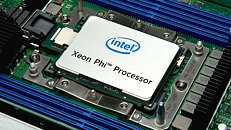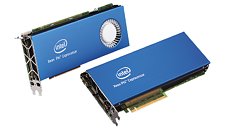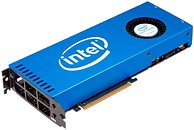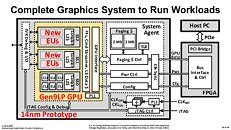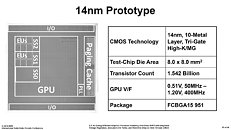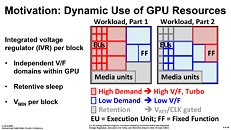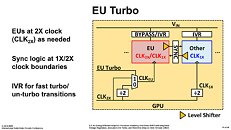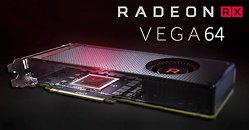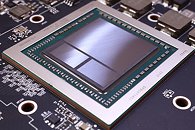
Intel Plans to Launch Its Discrete GPU Lineup Starting at $200
During interview with Russian YouTube channel called PRO Hi-Tech, Raja Koduri, Intel's chief architect and senior vice president of architecture, software and graphics, talked about his career, why he left AMD, and where Intel is going with its discrete GPU attempts. However, one of the most notable things Mr Koduri said was regarding upcoming GPU lineup code-named Arctic Sound. He noted that Intel plans to release first GPU as a mid-range model at a price of $200, while enterprise solutions that utilize HBM memory will follow that.
Koduri said that he wants to replicate AMD's strategy of capturing high-volume price-points, such as the $199 Radeon RX 480. The plan here is to bring an affordable, good performing GPU to the masses - "GPUs for everyone" as he calls them. Additionally, he states that Intel's current strategy revolves around price, not performance, providing best possible value to consumers. Intel's approach for the next two or three years is to launch a complete lineup of GPUs, with a common architecture being used for everything from iGPUs found inside consumer CPUs to data-center GPUs.Update: PRO Hi-Tech has posted a snippet of Raja Koduri interview, without the Russian overlay commentary. What he said was actually: "...Eventually our architecture, as publicly said, has to get from mainstream, which is starting at around $100, all the way to data-center class graphics with HBM memory...". This means that the previous speculation about $200 graphics card is false, as he didn't say that. All he said is that Intel wants to enter the "mainstream" GPU market and work its way up to data center.
Koduri said that he wants to replicate AMD's strategy of capturing high-volume price-points, such as the $199 Radeon RX 480. The plan here is to bring an affordable, good performing GPU to the masses - "GPUs for everyone" as he calls them. Additionally, he states that Intel's current strategy revolves around price, not performance, providing best possible value to consumers. Intel's approach for the next two or three years is to launch a complete lineup of GPUs, with a common architecture being used for everything from iGPUs found inside consumer CPUs to data-center GPUs.Update: PRO Hi-Tech has posted a snippet of Raja Koduri interview, without the Russian overlay commentary. What he said was actually: "...Eventually our architecture, as publicly said, has to get from mainstream, which is starting at around $100, all the way to data-center class graphics with HBM memory...". This means that the previous speculation about $200 graphics card is false, as he didn't say that. All he said is that Intel wants to enter the "mainstream" GPU market and work its way up to data center.




















